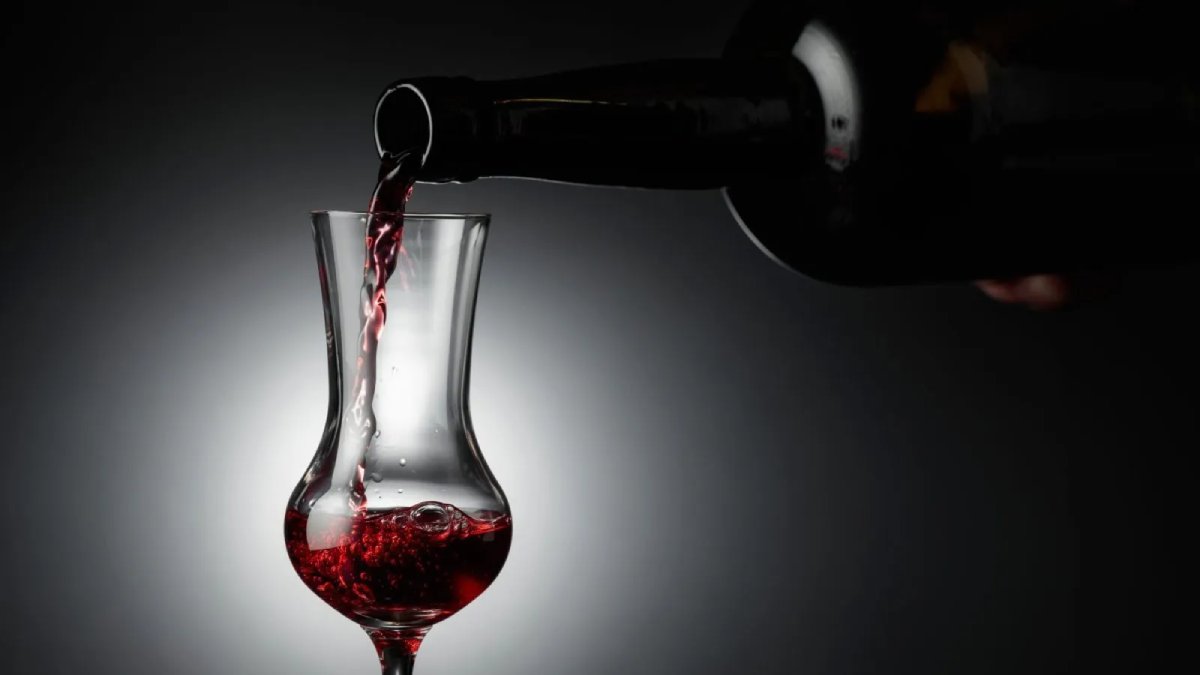Let’s dive straight into the world of sweet red wines. This guide will break down the factors that define a wine’s sweetness, highlight the nuances of vineyards and production, and trace the historical allure of these wines. Learn why and how these particular reds have consistently won over wine aficionados
Definition of Sweet Red Wine
At its core, when we talk about a sweet red wine, we’re referring to wines that retain a noticeable amount of residual sugar post-fermentation. But it’s more than just sugary sweetness. Sweet red wines offer a harmonious balance of fruitiness, tannins, acidity, and yes, sugar.
They linger on the palate with opulent flavors and velvety textures, often reminding us of ripe berries, dried fruits, and sometimes even a hint of chocolate or spices. In the wine world, these wines often fall under the ‘dessert wines’ category, but that’s not to say they can’t be enjoyed at other times.
Overview of the History and Global Appeal
The allure of sweet red wines isn’t a recent phenomenon. It traces back centuries, weaving tales from ancient civilizations to modern-day wineries. The Romans, for instance, had a penchant for sweet wines and often devised methods to concentrate grape sugars. They used these wines not only for sipping pleasure but also for medicinal purposes and trade.
As time and tide shifted, the appeal of these nectars crossed borders. The Moors introduced sophisticated winemaking techniques to Spain, leading to the rise of famed sweet wines from regions like Andalusia. Meanwhile, the Portuguese town of Porto became synonymous with the rich and sweet Port wines that aristocrats and merchants alike coveted.
Yet, it’s not only Europe that’s ensnared by this allure. From the sun-kissed valleys of California to the sprawling vineyards of Australia, sweet red wines have made their mark. Today, they stand not just as a testament to the rich tapestry of winemaking history, but also to the universal human penchant for sweetness, luxury, and the joy of savoring the finer things in life.
The Science of Sweetness in Wine
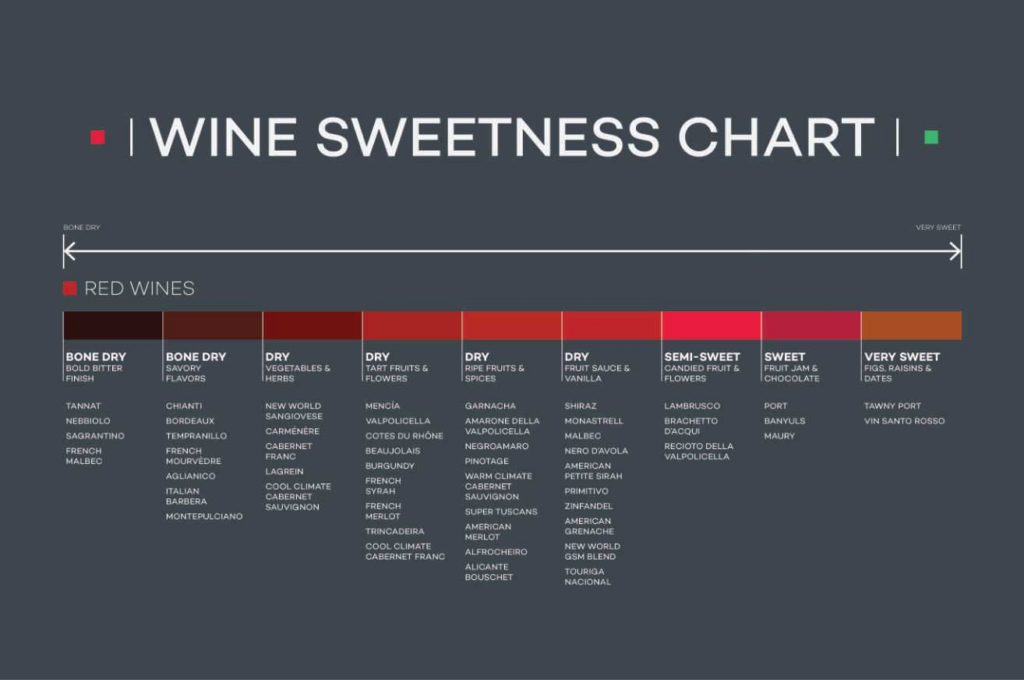
Ah, the dance of sugar and grapes! Wine, in essence, is a beautiful amalgamation of art and science. When we dive into the heart of what gives a wine its sweetness, we tread on the grounds of vineyards, labs, and winemakers’ choices. Let’s pop the cork on this topic, shall we?
The Role of Residual Sugar (RS)
Imagine you’re baking bread. The yeast feasts on the sugar, and in return, it produces alcohol and carbon dioxide. The winemaking process isn’t much different. Yeast consumes the grape sugar, producing alcohol in the process. Now, when this fermentation concludes and not all sugar is consumed, what’s left behind is termed ‘residual sugar’ or RS for those in the know.
But why would there be any sugar left, you ask? Sometimes, the winemakers halt fermentation intentionally, preserving that sweetness in the wine. Other times, the yeast might naturally stop, often because the alcohol level becomes too high for them to survive. The RS plays a pivotal role in not just the wine’s sweetness but also its body, texture, and overall mouthfeel.
How Sweetness is Measured
The sweetness of wine isn’t just a poetic descriptor; it has precise scientific parameters. Typically, it’s gauged in grams of sugar per liter of wine, often abbreviated as g/L. Here’s a quick cheat sheet for those looking to decode wine labels:
- Dry Wines: 0-4 g/L
- Off-Dry (or semi-sweet): 4-12 g/L
- Sweet: 12-45 g/L
- Very Sweet: 45+ g/L
However, do note that perception plays a part. Two wines with the same RS level can be perceived differently based on acidity, tannins, and other factors.
Factors Affecting Wine Sweetness: Fermentation, Grape Variety, and Harvesting Time
Fermentation: It’s the heart of winemaking. The length, method, and temperature of fermentation can influence how much sugar is consumed. A quicker, cooler fermentation, for instance, might leave more sugar behind, while a thorough, warmer one might lead to drier wines.
Grape Variety: Not all grapes are born equal. Some, like Muscat or Gewürztraminer, naturally have higher sugar content, predisposing them to produce sweeter wines.
Harvesting Time: Timing is everything. Grapes left on the vine longer accumulate more sugars. Think of late harvest wines, where grapes are picked when they’re overripe, or in some cases, even after they’ve started to dry out. These wines often have a pronounced sweetness, given the concentrated sugars in the grapes.
Popular Types of Sweet Red Wines
As we swirl our glasses and let the crimson hues dance under the light, it’s worth noting that the world of sweet red wines is as diverse as it is delightful. Different regions have poured their culture, history, and terroir into each bottle. Let’s embark on a whirlwind tour of some of the most iconic sweet red wines that have graced cellars and tables across the world.
Port
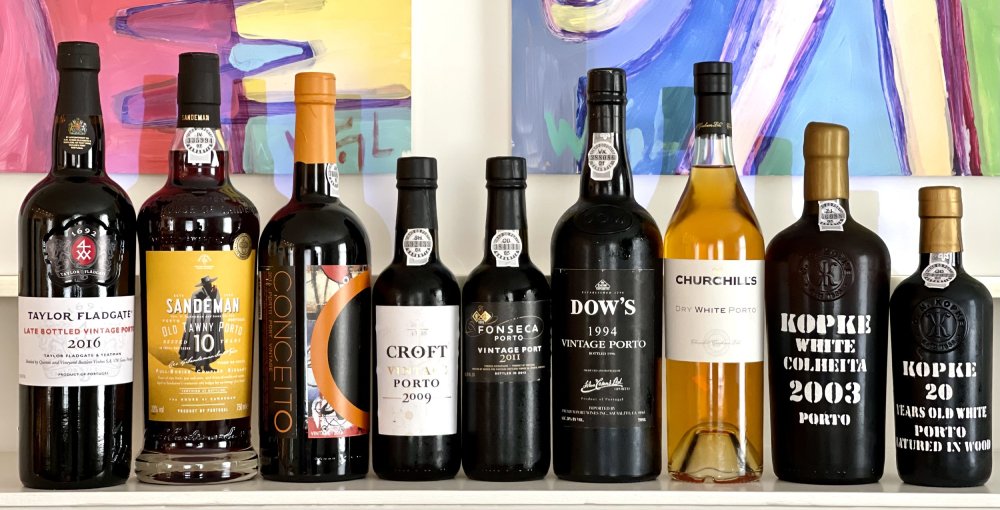
Ah, Port! This legendary wine hails from the steep banks of the Douro Valley in northern Portugal, named after the coastal city of Porto from where it was traditionally shipped.
History and Origin:
The romance of Port began in the 17th century, intertwined with Britain’s thirst for wine and a bit of geopolitical wrangling. To counteract French wine import monopolies, the English turned to Portugal, eventually developing a taste for the fortified, sweet style that became Port.
Varieties:
- Ruby Port: Young, vibrant, and bursting with the essence of fresh fruit. It’s aged for a shorter time, retaining its brilliant red color.
- Tawny Port: A more mellow counterpart to Ruby. Aged in wooden barrels, Tawnies gradually turn golden-brown, boasting flavors of dried fruits, nuts, and caramel.
- Vintage Port: The crème de la crème of Ports. Made from the best grapes of a declared vintage year, they age in bottles, developing complex flavors over decades.
- Others: There’s also LBV (Late Bottled Vintage), White Port, and a few other variations, each with its unique charm and flavor profile.
Production and Aging:
Port stands apart due to its fortification. During fermentation, grape spirits (aguardente) are added, halting the process and retaining some of the grape’s natural sugars. This not only sweetens the wine but amps up the alcohol content. Depending on the variety, aging might take place in large oak vats, smaller barrels, or glass bottles.
Lambrusco
Straight from Italy’s Emilia-Romagna and Lombardy, Lambrusco is a bubbly treat. A frizzante (lightly sparkling) red, it balances sweet fruit flavors with zesty acidity. Perfect for a summer evening or paired with charcuterie.
Banyuls

From sun-soaked slopes in Southern France’s Roussillon region, Banyuls is a fortified wine similar to Port but made primarily from Grenache grapes. Expect notes of cherry, plum, and sometimes chocolate.
Brachetto d’Acqui
Another Italian gem, this sparkling red from the Piedmont region is sweet, aromatic, and perfect for dessert. With its rose and raspberry notes, it’s often likened to liquid strawberries.
Maury
Close cousins with Banyuls, Maury wines hail from the same Roussillon region. These are Grenache-based vins doux naturels, often showcasing flavors of black fruits, coffee, and spice.
Recioto della Valpolicella
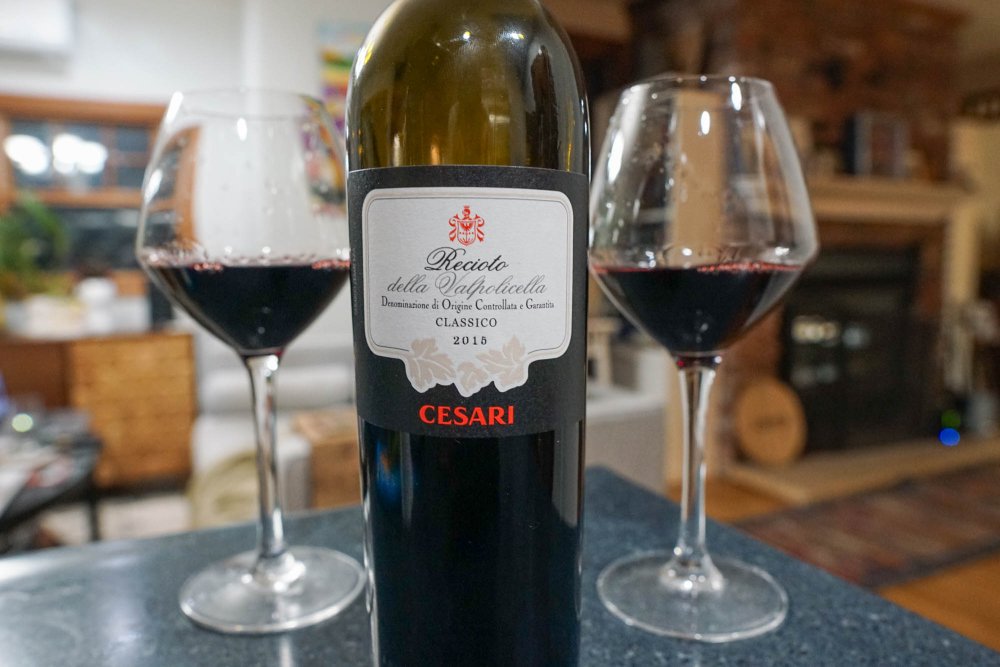
Ending our list with a return to Italy, this time to the Veneto region. Made primarily from dried Corvina grapes, Recioto is a sweet, still wine – a kind of Amarone’s sweeter sibling. It’s velvety, with hints of cherry, prune, and spices.
Lesser-Known Sweet Red Wines
Beyond the limelight of the widely celebrated sweet reds lie some hidden gems. These are wines that, for all their character and charm, often play second fiddle in wine discussions. Yet, for the true oenophile – the wine lover who revels in discovery – these lesser-known sweet reds offer a delightful journey off the beaten path.
Dornfelder
Hailing from Germany, a land more renowned for its Rieslings, Dornfelder is an unsung hero. This deep-colored grape yields wines that are surprisingly lush and juicy. While not all Dornfelder wines are sweet, those that are showcase rich blackberry and cherry notes, enhanced by a playful hint of sweetness and balanced acidity. It’s like sipping on a velvety piece of dark fruit pie, with a touch of spice on the finish.
Ruby Cabernet Dessert Wines
Ruby Cabernet, a lovechild of Cabernet Sauvignon and Carignan, is typically used for table wines. But when transformed into dessert wines, it’s a revelation. These wines are a bouquet of red fruits, often with a touch of plum or even hints of chocolate. Imagine a summer fruit compote drizzled with a dollop of dark chocolate sauce, and you’re close to the allure of a Ruby Cabernet dessert wine.
Late Harvest Reds
While ‘late harvest’ might immediately conjure images of golden-hued white wines, let’s not overlook the reds. Grapes left longer on the vine mean more sugar, and in the case of reds, it can translate into a symphony of jammy, concentrated flavors. Whether it’s a Late Harvest Zinfandel from California bursting with blackberry and raisin notes or a Shiraz from Australia that’s like liquid plum pudding, these wines are a testament to the magic of patience.
Others from around the world
The world of wine is vast, and every corner seems to have its own sweet secrets.
Black Muscat: Often found in California and Australia, it’s an aromatic variety that dances between rose petals and fresh grapes on the palate.
Maury Grenat: This French vin doux naturel is made from 100% Grenache Noir, boasting seductive flavors of dark fruits and cocoa.
Sagrantino Passito: From Italy’s Umbria region, this is made from dried Sagrantino grapes. It’s a tapestry of tannins, sweetness, and flavors ranging from black cherries to spices.
The Production Process
While a glass of sweet red wine might be an ephemeral pleasure, its creation is a delicate and prolonged dance of decisions and nature’s whims. Let’s pull back the curtain and explore the alchemy behind these luscious elixirs.
Grape Selection and Harvesting
The starting point of any wine’s journey is the vineyard.
Choosing the Right Variety: Not all grapes are suited for sweet wine production. Winemakers often select varieties that have a natural proclivity for higher sugar content, or those that exhibit richer flavors when left on the vine longer.
Harvesting Time: Patience is the name of the game. For many sweet wines, grapes are left on the vine well past the typical harvest season. This allows sugars to concentrate, either through natural dehydration or the onset of noble rot, a beneficial fungus that can intensify sweetness and add unique flavors.
Methods of Concentration: Besides late harvesting, methods such as ‘passito’ involve picking grapes and then allowing them to dry and shrivel, concentrating their sugars. Another method is ‘ice wine’ production, where grapes are left to freeze on the vine, and only the concentrated sugary juice is pressed out.
Fermentation Considerations for Sweet Wines
This stage is where the grape’s sugary promise begins its transformation into wine.
Halting the Process: One way to ensure residual sugar remains is by stopping fermentation before the yeast has consumed all the available sugar. This can be done by lowering the temperature or adding spirits (as in the case of fortified wines).
Yeast Selection: Some yeasts are more alcohol-tolerant than others. Choosing a yeast that’s less tolerant can ensure that fermentation stops while sugar remains.
Natural Sweetness: Occasionally, the sugar concentration in the must (crushed grape juice) is so high that the yeast cannot survive long enough to ferment it all, leaving behind the desired sweetness naturally.
Aging and Bottling
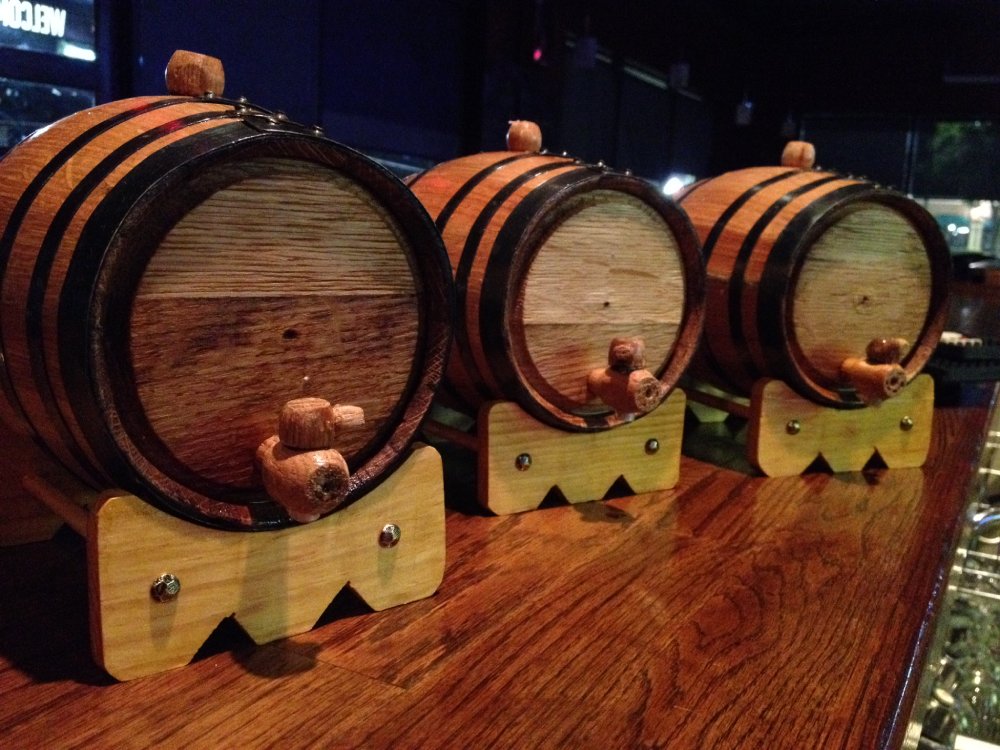
The journey doesn’t end with fermentation. Aging is the next chapter.
Barrels vs. Stainless Steel: While some sweet wines benefit from the oxidative aging in oak barrels (like Tawny Ports), others are preserved in their youthful state in stainless steel or glass. The choice affects flavor development, with barrels adding notes like vanilla, nuts, or caramel.
Bottle Aging: Certain sweet wines, especially those with high sugar and alcohol content, can age gracefully for years, if not decades, in the bottle. Over time, they evolve, developing deeper, more complex flavors.
Final Touches: Before bottling, the winemaker might make adjustments to ensure the wine’s balance. This could involve blending different batches, adding spirits (for fortification), or even back-sweetening with grape juice to enhance sweetness.
Food Pairings
The pleasure of sipping a sweet red wine can be amplified when paired with the right culinary delights. While wine and food pairing might sometimes feel like alchemy, it’s a dance of flavors, textures, and sensations. Let’s explore the classic rendezvous of sweet reds with food and then venture into some daring new territories.
Traditional Pairings

Chocolate and Desserts: It’s no secret that sweet wines and desserts are a match made in gastronomic heaven. Dark chocolate, with its deep cocoa notes and hint of bitterness, beautifully contrasts the sweetness of the wine. Fruit tarts or berry-infused desserts can mirror and enhance the fruity undertones of the wine, creating a harmonious fusion.
Blue Cheeses: An unexpected but divine pairing. The creamy, moldy tang of blue cheeses, be it Roquefort or Gorgonzola, finds a counterpoint in the sweetness of the wine. It’s a dance of salt and sweet, of pungency balanced by the gentle embrace of sugar.
Nuts and Dried Fruits: Think of a platter of almonds, walnuts, and dried figs or apricots. The nutty, earthy flavors, combined with the concentrated essence of dried fruits, resonate beautifully with the notes in sweet red wines. It’s like the echo of a vineyard in autumn.
Adventurous Pairings
Spicy Asian Cuisine: The sweetness of the wine can temper the heat of dishes, creating a refreshing balance. Imagine a glass of Lambrusco with spicy Thai basil chicken.
Charcuterie: While this may sound counterintuitive, the saltiness of cured meats can be a delightful contrast to the wine’s sweetness, especially if there’s a hint of spice or smokiness involved.
Savory Pastries: Think of puff pastries filled with savory ingredients like mushrooms or even meat. The buttery texture paired with a sweet wine? Absolute bliss.
How Sweetness Impacts the Palate and Pairing Considerations
Sweetness, while delightful, can be a dominant sensation on the palate. Here’s how to navigate it:
Balance with Acid or Bitterness: Sweetness can be offset by foods that are acidic (like citrus) or bitter (like dark greens or cocoa). It’s why lemon tarts or dark chocolates are classic pairings.
Match Intensity: A particularly rich and sweet wine might overshadow a delicate dessert. Ensure your wine and food are on the same page in terms of flavor intensity.
Consider Texture: Creamy desserts or foods might benefit from a wine that has a bit of acidity or effervescence, breaking through the richness.
Watch for Overwhelming Sweetness: While pairing sweet with sweet sounds delightful, too much can be overpowering. Strive for balance, so neither the food nor the wine feels like a saccharine overload.
Buying Sweet Red Wine
Venturing into the world of wine buying can sometimes feel like navigating a vast and intricate maze. But fear not! When it comes to sweet reds, there are a few guiding stars that can ensure you’re sipping on quality while also getting the best bang for your buck. Let’s uncork the intricacies of selecting that perfect bottle.
Recognizing Quality: Labels, Regions, and Producers
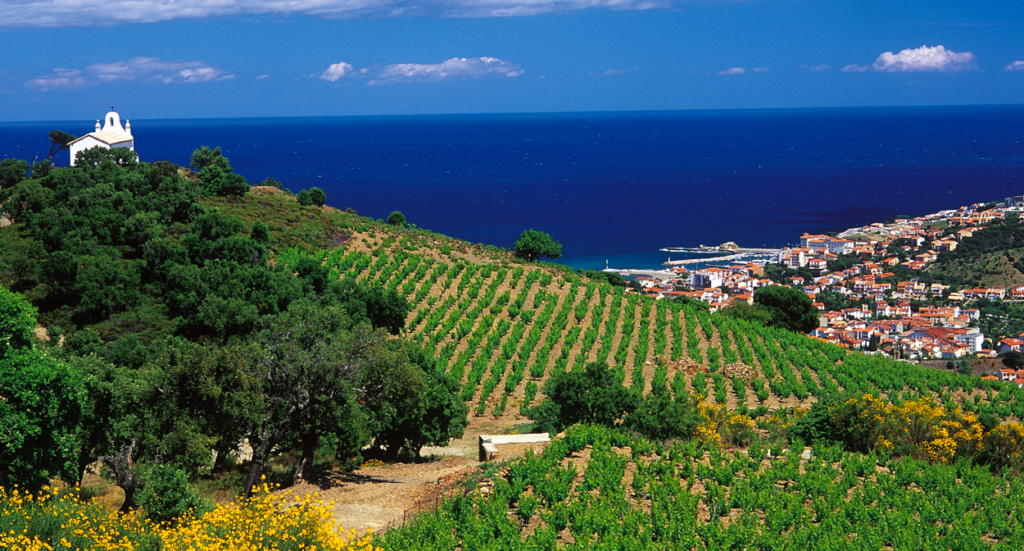
Labels: While ‘sweet’ or ‘dessert’ might be obvious indicators, look for terms such as “Late Harvest,” “Doux,” or “Dolce” that hint at the wine’s sweet nature. Moreover, the alcohol content can sometimes be a clue; many (but not all) sweet wines have lower alcohol percentages due to the residual sugars.
Regions: Certain regions have garnered acclaim for their sweet reds. Port from Portugal’s Douro Valley or Banyuls from the Roussillon region in France are iconic examples. Familiarizing yourself with these renowned regions can often guarantee a certain level of quality.
Producers: As with all wines, some producers have crafted reputations for excellence. Research, or ask your local wine merchant for producer recommendations within your desired region.
Price Points: Value vs. Luxury Bottles
Value Bottles: Good wine doesn’t always mean expensive wine. For instance, Lambrusco or some young Ruby Ports can offer delightful sweetness without breaking the bank. Don’t shy away from lesser-known regions or grapes, as they often provide exceptional value.
Luxury Bottles: Some sweet reds, like Vintage Ports or certain aged Maury wines, come with a steeper price due to their production methods, aging process, and scarcity. These are often investments, not just in flavor, but in the wine’s potential to evolve over time.
Navigating Vintage Variations
Wine is a snapshot of a particular year’s climate, and this plays a pivotal role in the wine’s character.
Good vs. Challenging Vintages: Some years, due to perfect weather conditions, yield exceptional grapes, leading to standout vintages. Conversely, challenging years might result in wines that are best consumed young. Seek vintage charts or ask experts for guidance.
Consistency in Sweet Reds: While vintage can play a role, many sweet reds, especially those that are fortified or made from dried grapes, exhibit more consistency across vintages compared to their dry counterparts.
Taste Evolution: A sweet red from a celebrated vintage might evolve beautifully over years, its flavors deepening and becoming more nuanced. If you’re buying such a bottle, consider its potential journey and whether you’re in it for the long haul.

